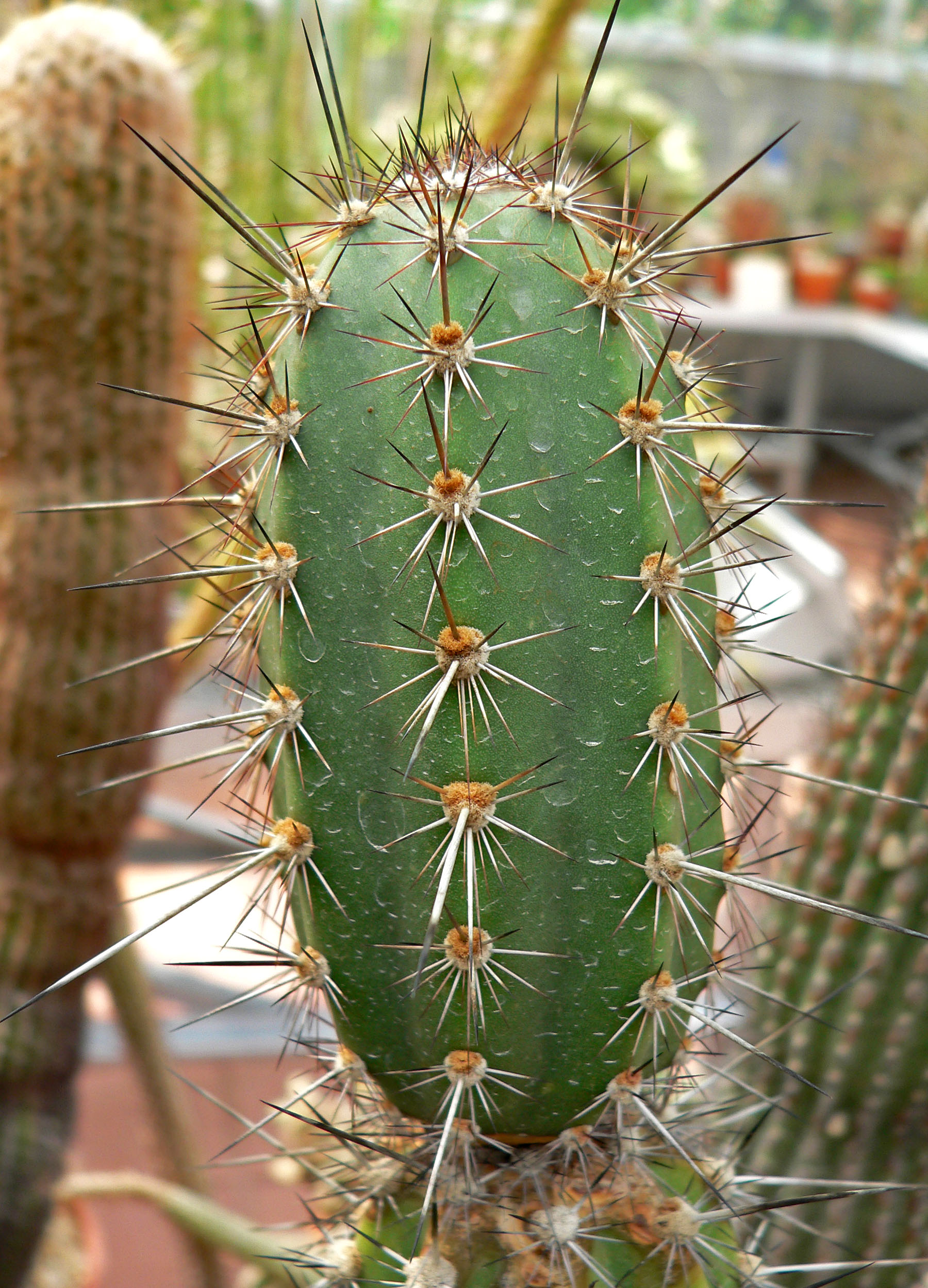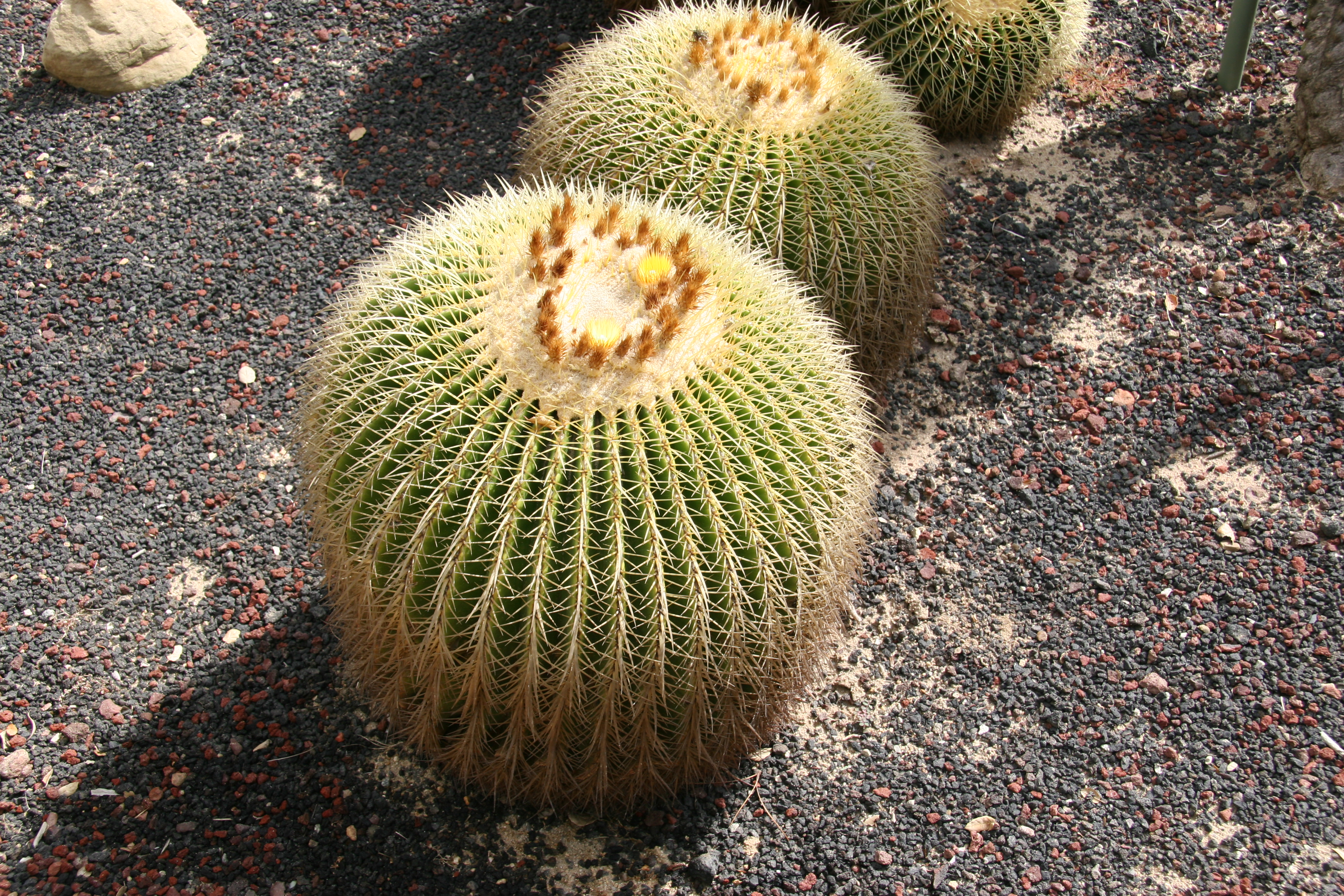|
Cactoideae
The Cactoideae are the largest subfamily of the cactus family, Cactaceae. Around 80% of cactus species belong to this subfamily. , the internal classification of the family Cactaceae remained uncertain and subject to change. A classification incorporating many of the insights from the molecular studies was produced by Nyffeler and Eggli in 2010. Various revisions have been published since, e.g. to the tribe Hylocereeae and the tribe Echinocereeae. Classifications remained uncertain . Tribes and genera , the National Center for Biotechnology Information used the division of the subfamily into tribes shown below. Some revisions to the circumscriptions of the tribes are also shown. * Blossfeldieae **''Blossfeldia'' *Browningieae **''Armatocereus'' – ''Browningia'' – ''Neoraimondia'' – '' Stetsonia'' *Cacteae **''Acharagma'' – ''Ariocarpus'' – ''Astrophytum'' – ''Aztekium'' – ''Coryphantha'' – '' Cumarinia'' – ''Echin ... [...More Info...] [...Related Items...] OR: [Wikipedia] [Google] [Baidu] |
Cactaceae
A cactus (, or less commonly, cactus) is a member of the plant family Cactaceae, a family comprising about 127 genera with some 1750 known species of the order Caryophyllales. The word ''cactus'' derives, through Latin, from the Ancient Greek word (''káktos''), a name originally used by Theophrastus for a spiny plant whose identity is now not certain. Cacti occur in a wide range of shapes and sizes. Although some species live in quite humid environments, most cacti live in habitats subject to at least some drought. Many live in extremely dry environments, even being found in the Atacama Desert, one of the driest places on Earth. Because of this, cacti show many adaptations to conserve water. For example, almost all cacti are succulents, meaning they have thickened, fleshy parts adapted to store water. Unlike many other succulents, the stem is the only part of most cacti where this vital process takes place. Most species of cacti have lost true leaves, retaining only spine ... [...More Info...] [...Related Items...] OR: [Wikipedia] [Google] [Baidu] |
Echinocereeae
The Echinocereeae are a tribe of cacti in the subfamily Cactoideae. Since 2006, the tribe has included the former tribe Pachycereeae in many treatments of cactus classification. The exact circumscription of the tribe has been subject to considerable change, particularly since molecular phylogenetic approaches have been used in determining classifications, and remains uncertain. The tribe includes large treelike species, such as the saguaro (''Carnegiea gigantea''), as well as shorter shrubby species. Most members of the tribe are found in desert regions, particularly in Mexico and the southwestern United States. Description The tribe includes large treelike species, as well as shorter shrubby species. Some species can grow to be over tall, like the saguaro (''Carnegiea gigantea'') and '' Neobuxbaumia macrocephala''. Their stems are ribbed and columnar, not divided into segments. Most have flowers that open at night. Taxonomy In 1958, Franz Buxbaum published a division into trib ... [...More Info...] [...Related Items...] OR: [Wikipedia] [Google] [Baidu] |
Armatocereus
''Armatocereus'' (from Latin ''armatus'', "armed" and ''cereus'', "pliant/soft") is a genus of mostly tree-like cacti from South America (Ecuador and Peru). These species have a conspicuous constriction at the end of the annual growth. The flowers are mostly white, with a more or less spiny ovary. The fruits are mostly spiny. Description ''Armatocereus'' species are columnar cacti, bushlike or treelike, with cylindrical upright branched stems. The stems have 5–12 distinct ribs, and are made up of sections with a narrower "neck" between them, corresponding to annual growth. The large areoles bear strong spines, rarely few or none. The narrow tubular flowers appear at night, and have a spiny ovary and floral tube and white petals (red in '' A. rauhii''). The red or green fruit is large, globular or ovoid, with strong spines that are lost on maturity. It contains large black seeds, ovoid or kidney-shaped. Taxonomy The genus name was first mentioned in print by Curt Backeber ... [...More Info...] [...Related Items...] OR: [Wikipedia] [Google] [Baidu] |
Blossfeldieae
''Blossfeldia'' is a genus of cactus (family Cactaceae) containing only one species, ''Blossfeldia liliputiana'', native to South America in northwestern Argentina (Jujuy, Salta, Tucumán, Catamarca and Mendoza Provinces) and southern Bolivia ( Santa Cruz and Potosí Departments). It grows at 1,200–3,500 m altitude in the Andes, typically growing in rock crevices, and often close to waterfalls. It is of note as the smallest cactus species in the world, with a mature size of around 10–12 mm diameter. The flowers are white or rarely pink, 6–15 mm long and 5–7 mm diameter. The genus ''Blossfeldia'' has been divided into many separate species; however most morphological evidence supports that the genus is monotypic, and contains only ''Blossfeldia liliputiana''. The species is named after the fictional country of Lilliput, where all of the inhabitants are minute. Taxonomy The genus and species were first described in 1937 by Erich Werdermann after ... [...More Info...] [...Related Items...] OR: [Wikipedia] [Google] [Baidu] |
Blossfeldia
''Blossfeldia'' is a genus of cactus (family Cactaceae) containing only one species, ''Blossfeldia liliputiana'', native to South America in northwestern Argentina (Jujuy, Salta, Tucumán, Catamarca and Mendoza Provinces) and southern Bolivia ( Santa Cruz and Potosí Departments). It grows at 1,200–3,500 m altitude in the Andes, typically growing in rock crevices, and often close to waterfalls. It is of note as the smallest cactus species in the world, with a mature size of around 10–12 mm diameter. The flowers are white or rarely pink, 6–15 mm long and 5–7 mm diameter. The genus ''Blossfeldia'' has been divided into many separate species; however most morphological evidence supports that the genus is monotypic, and contains only ''Blossfeldia liliputiana''. The species is named after the fictional country of Lilliput, where all of the inhabitants are minute. Taxonomy The genus and species were first described in 1937 by Erich Werdermann after ... [...More Info...] [...Related Items...] OR: [Wikipedia] [Google] [Baidu] |
Browningia
''Browningia'' is a genus of cacti, comprising 11 accepted and 3 unresolved species. It is named for Webster E Browning (1869-1942), director of the Instituto Inglés, Santiago, Chile. Synonymy Synonyms of this genus are: *''Azureocereus'' Akers & H.Johnson *''Castellanosia'' Cárdenas *''Gymnocereus'' Rauh & Backeb. Species * '' Browningia albiceps'' F.Ritter * ''Browningia altissima'' (F.Ritter) Buxb. * ''Browningia amstutziae'' (Rauh & Backeb.) Hutchison ex Krainz * ''Browningia caineana'' (Cárdenas) D.R.Hunt * '' Browningia candelaris'' (Meyen) Britton & Rose * '' Browningia candelaris'' subsp. ''icaensis'' (F.Ritter) D.R.Hunt * ''Browningia chlorocarpa'' (Kunth) W.T.Marshall * ''Browningia columnaris'' F.Ritter * ''Browningia hernandezii'' Fern.Alonso * ''Browningia hertlingiana'' (Backeb.) Buxb. * ''Browningia microsperma'' (Werderm. & Backeb.) W.T.Marshall * ''Browningia pilleifera'' (F.Ritter) Hutchison * ''Browningia riosaniensis'' (Backeb.) G.D.Rowley * ''Brownin ... [...More Info...] [...Related Items...] OR: [Wikipedia] [Google] [Baidu] |
Epithelantha
''Epithelantha'' (button cactus) is a genus of cactus that is native to north-eastern Mexico, and the south-western United States from western Texas to Arizona. There are eight species recognised in the genus ''Epithelantha''. The name ''Epithelantha'' refers to the flower position near the apex of the tubercles. Description ''Epithelantha'' are very small cacti with globe-shaped or cylindrical stems typically up to one inch in diameter, rarely reaching two inches long. Tiny whitish spines completely cover the surface of the stem. The flowers are also tiny, growing from the tip of the stem. Fruits are bright red. The fruit of all species is said to be edible. Species , Plants of the World Online Plants of the World Online (POWO) is an online database published by the Royal Botanic Gardens, Kew. It was launched in March 2017 with the ultimate aim being "to enable users to access information on all the world's known seed-bearing plants by ... accepted eight species: Reference ... [...More Info...] [...Related Items...] OR: [Wikipedia] [Google] [Baidu] |
Aztekium
The genus ''Aztekium'' contains three species of small globular cactus. Discovered in 1929 by F. Ritter, in Rayones, Nuevo León, Mexico, this genus was thought to be monotypic (with ''Aztekium ritteri'') until a second species ('' Aztekium hintonii'') was discovered by George S. Hinton, in Galeana, Nuevo León in 1991. A further possible species, ''Aztekium valdezii'', was described in 2011, but is considered to be a synonym of ''A. ritteri''. Description ''Aztekium ritteri'' is a small plant (around 20 mm wide), with 9 to 11 ribs, which typically have transverse wrinkles. Its color varies from pale green to grayish-green. The center of the cactus contains a lot of white wool. Flowers are small (less than 10 mm wide), with white petals and pinkish sepals. The plants bear small pinkish berry-like fruits. ''A. hintonii'' is larger, to 10 cm in diameter, 10 to 18 grooved ribs, flowers magenta to 3 cm. It grows only on gypsum. Species Etymology Its name ... [...More Info...] [...Related Items...] OR: [Wikipedia] [Google] [Baidu] |
Acharagma
''Acharagma'' is a genus of two cactus species from northern Mexico. Description These cacti are usually solitary but sometimes occur in small clusters. The globose stems tend to be about 3–7 cm in diameter. The ribs have tubercles, with ungrooved areoles. The flowers are at the stem tips, and range from cream to pink and yellow. The genus is of relatively recent creation, the species originally being described as part of ''Escobaria'', although recognized as a separate section by Nigel Taylor in 1983, and raised to a genus by Charles Glass Charles Glass (born November 18, 1951) is an American-British author, journalist, broadcaster and publisher specializing in the Middle East and the Second World War. He was ''ABC News'' chief Middle East correspondent from 1983 to 1993, and has ... in 1998. Species , Plants of the World Online accepts two species. A third possible species, ''A. huasteca'', described in 2011, is considered to be a synonym of ''Acharagma rosea ... [...More Info...] [...Related Items...] OR: [Wikipedia] [Google] [Baidu] |
Neoraimondia
''Neoraimondia'' is a genus of medium to large cacti from Peru. The genus is named after the Italian-born Peruvian explorer, naturalist, and scientist, Antonio Raimondi. It is a psychoactive cacti and its different cacti have been known to contain the chemicals 3,5-Dimethoxy-4-hydroxyphenethylamine and 3,4-Dimethoxyphenethylamine. It is mixed into a hallucinogenic beverage called "Cimora Cimora is a Peruvian term used to describe a brew with hallucinogenic properties made from the “San Pedro” cacti ( ''Trichocereus pachanoi'') and other plants such as chamico (''Datura stramonium'') in South America, used traditionally for sha ..." along with Trichocereus pachanoi. Species References Cactoideae genera {{Cactus-stub ... [...More Info...] [...Related Items...] OR: [Wikipedia] [Google] [Baidu] |
Echinomastus
''Echinomastus'' (meaning "spiny breast") is a genus Genus ( plural genera ) is a taxonomic rank used in the biological classification of living and fossil organisms as well as viruses. In the hierarchy of biological classification, genus comes above species and below family. In binomial nom ... of cacti. They are native to the southwestern United States and Mexico. Species There are up to 7 species, including: References *http://southwestdesertflora.com/ *https://www.americansouthwest.net/plants/index.html Cactoideae Cactoideae genera {{Cactus-stub ... [...More Info...] [...Related Items...] OR: [Wikipedia] [Google] [Baidu] |
Echinocactus
''Echinocactus'' is a genus of cacti in the subfamily Cactoideae. The generic name derives from the Ancient Greek εχινος (''echinos''), meaning "spiny," and ''cactus''. It and ''Ferocactus'' are the two genera of barrel cactus. Members of the genus usually have heavy spination and relatively small flowers. The fruits are copiously woolly, and this is one major distinction between ''Echinocactus'' and ''Ferocactus''. Propagation is by seed. Perhaps the best known species is the golden barrel (''Echinocactus grusonii'') from Mexico, an easy-to-grow and widely cultivated plant. Though common in the houseplant and landscape industry, the golden barrel has become very rare in habitat. Species As of 2020, the genus includes 6 accepted species out of hundreds of plants having the name. Formerly placed here *''Astrophytum asterias'' (Zucc.) Lem. (as ''E. asterias'' Zucc.) *''Aztekium ritteri'' (Boed.) Boed. (as ''E. ritteri'' Boed.) *''Ferocactus wislizeni'' (Engelm.) Brit ... [...More Info...] [...Related Items...] OR: [Wikipedia] [Google] [Baidu] |






.jpg)
